Phuket (; Thai: ภูเก็ต, [pʰūː.kèt] , Malay: Bukit or Tongkah) is one of the southern provinces (changwat) of Thailand. It consists of the island of Phuket, the country's largest island, and another 32 smaller islands off its coast. It lies off the west coast of mainland Thailand in the Andaman Sea. Phuket Island is connected by the Sarasin Bridge to Phang Nga province to the north. The next nearest province is Krabi, to the east across Phang Nga Bay.
Phuket province, encompassing an area of 576 km2 (222 sq mi), ranks as the second-smallest province in Thailand. Its size is comparable to, albeit slightly smaller than, that of Singapore. Historically, Phuket Island was situated on a major trading route between India and China. This strategic location led to its frequent mention in the logs of foreign ships, including those from Portugal, France, t...Read more
Phuket (; Thai: ภูเก็ต, [pʰūː.kèt] , Malay: Bukit or Tongkah) is one of the southern provinces (changwat) of Thailand. It consists of the island of Phuket, the country's largest island, and another 32 smaller islands off its coast. It lies off the west coast of mainland Thailand in the Andaman Sea. Phuket Island is connected by the Sarasin Bridge to Phang Nga province to the north. The next nearest province is Krabi, to the east across Phang Nga Bay.
Phuket province, encompassing an area of 576 km2 (222 sq mi), ranks as the second-smallest province in Thailand. Its size is comparable to, albeit slightly smaller than, that of Singapore. Historically, Phuket Island was situated on a major trading route between India and China. This strategic location led to its frequent mention in the logs of foreign ships, including those from Portugal, France, the Netherlands, and England. Despite this attention from various European powers, Phuket was never colonized by any European nation.
Economically, the province's wealth was initially derived from tin and rubber production. In more recent times, Phuket has transitioned to tourism as its primary source of income.
 French ambassador Chevalier de Chaumont with King Narai16th–18th century: European contact
French ambassador Chevalier de Chaumont with King Narai16th–18th century: European contact
Fernão Mendes Pinto, a Portuguese explorer, arrived in Siam in 1545. His travel accounts provide insights into various parts of the country, including a detailed description of ports in the southern part of the Kingdom. Pinto's records are among the earliest European accounts to mention Phuket, which he referred to as Junk Ceylon, a name used by the Portuguese in their maps. This designation appears seven times in his writings. According to Pinto, Junk Ceylon was a significant port of call for trading vessels, where they often stopped for supplies and provisions.
However, Pinto noted that during the mid-16th century, the island's prominence was in decline. This downturn was attributed to the presence of pirates and the challenging sea conditions, which made the area less favorable for merchant vessels. In addition to Phuket, Pinto's accounts also include references to other important port cities of the time, such as Patani and Ligor, the latter being the present-day Nakhon Si Thammarat.[1]
During the 17th century, Junk Ceylon (now known as Phuket) was a focal point of international trade, particularly for its tin resources. The Dutch and English, and later the French after the 1680s, competed for trading opportunities on the island. In September 1680, the French East India Company's ship arrived at the island and departed with a cargo full of tin.[1]
In an effort to diminish Dutch and English influence in the region, the Siamese King Narai appointed a French medical missionary, Brother René Charbonneau of the Société des Missions Étrangères, as the governor of Junk Ceylon. Charbonneau held this position until 1685.[2]
 Stately Sino-Portuguese mansion in Phuket Town
Stately Sino-Portuguese mansion in Phuket TownKing Narai, in 1685, granted the French a tin monopoly in Phuket, formalized through an agreement with the French ambassador, the Chevalier de Chaumont.[3]: 179 Subsequently, Sieur de Billy, previously the maître d'hôtel for Chaumont, was appointed as the governor of the island.[3]: 50 However, following the Siamese revolution in 1688, the French presence in Siam was significantly reduced. On 10 April 1689, Desfarges led a military expedition to recapture Thalang in an attempt to re-establish French control in the region.[4] This occupation was short-lived, with Desfarges returning to Puducherry in January 1690.[3]: 185
1785: Burmese invasionBefore the Burmese assault on Thalang in 1785, during what is known as the "Nine Armies' Wars", Francis Light, a captain with the British East India Company, alerted the authorities in Phuket of the impending Burmese attack.[5] Light's warning came at a time when the island's military governor had recently passed away, leading the Burmese to believe that Phuket could be easily conquered. However, Than Phu Ying Chan, the widow of the deceased governor, along with her sister Mook (คุณมุก), devised a strategic defense. They instructed the women of the island to dress as soldiers and position themselves along the walls of Thalang city. This ruse led the Burmese to overestimate the strength of the island's defenses, prompting them to abort their attack and eventually retreat after a month-long siege, which ended on 13 March 1785. In recognition of their bravery and ingenuity, King Rama I bestowed the titles Thao Thep Kasattri and Thao Si Sunthon upon the two sisters, celebrating them as heroines of Phuket.[6]
The official seal of Phuket features a depiction of the Two Heroines Monument, located along Highway 402 in Phuket, in honor of the sisters.[7] Encircled by a traditional Thai kranok pattern,[8] this seal has been in use since 1985.
19th–20th centuriesDuring the reign of King Chulalongkorn, also known as Rama V, from 1 October 1868 to 23 October 1910, Phuket was designated as the administrative center for the tin-producing southern provinces of Siam (now Thailand). King Chulalongkorn's tenure is noted for the modernization of the nation, encompassing governmental and social reforms, as well as negotiations involving territorial concessions to the British and French. Amid the pressures of Western expansionism during this period, King Chulalongkorn’s leadership is credited with maintaining Siam's sovereignty, averting colonization.[citation needed]
In 1876, there was a significant uprising among Chinese laborers working in the tin mines of Phuket and its neighboring provinces. The unrest was reportedly influenced by the declining prices of tin and the government's stringent fiscal policies at the time.[citation needed]
Phuket underwent another administrative change in 1933 when Monthon Phuket (มณฑลภูเก็ต) was dissolved, leading to Phuket’s establishment as a separate province.[9]
21st century (2001-present)On 26 December 2004, Phuket, along with other areas on Thailand's west coast, experienced significant devastation due to a tsunami triggered by an earthquake off the coast of Sumatra, Indonesia. This natural disaster had far-reaching impacts, resulting in approximately 5,300 fatalities in Thailand, and causing extensive damage and loss of life across South and Southeast Asia, totaling around two hundred thousand deaths.[10] In Phuket, around 250 individuals, including foreign tourists, were reported deceased. Major beaches on Phuket’s west coast, including Kamala, Patong, Karon, and Kata, suffered substantial damage, as did some resorts and communities along the island's southern shores. Notably, the Takua Pa District in Phang Nga province, north of Phuket, was among Thailand's most severely affected areas, with significant casualties, including a considerable number of Burmese laborers.[11][12] In response to the tsunami disaster, Thailand initiated the installation of a series of tsunami-detection buoys in December 2006. These buoys, part of a regional warning system in the Indian Ocean, are located approximately 1,000 km (620 mi) offshore, positioned between Thailand and Sri Lanka.[13]
In early 2020, the COVID-19 pandemic reached Phuket. By March of that year, Phuket and other regions in Southern Thailand implemented lockdown measures, including stay-at-home orders, a mandate for mask-wearing, and social distancing protocols. While these measures were relatively effective in controlling the spread of the virus, they had a significant impact on Phuket's tourism-dependent economy. By 2022, Thailand transitioned towards the post-pandemic phase, marking the end of the country's intensive COVID-19 response measures.
The murder of Nicole Sauvain-Weisskopf, a Swiss national on holiday, occurred in Phuket in August 2021.[14]




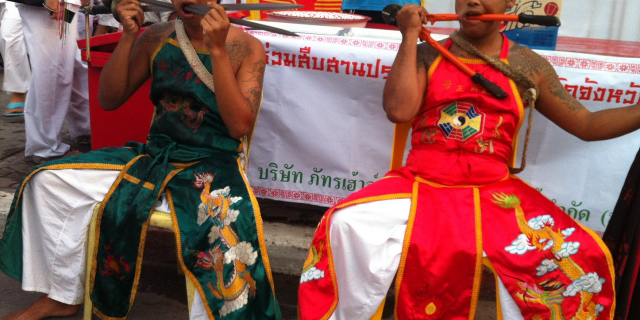

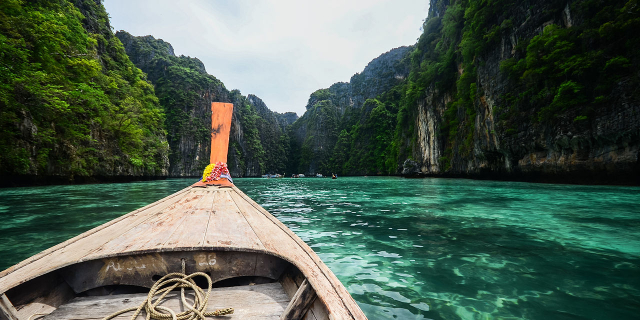





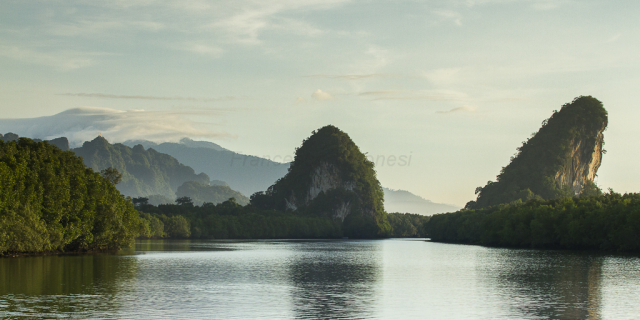

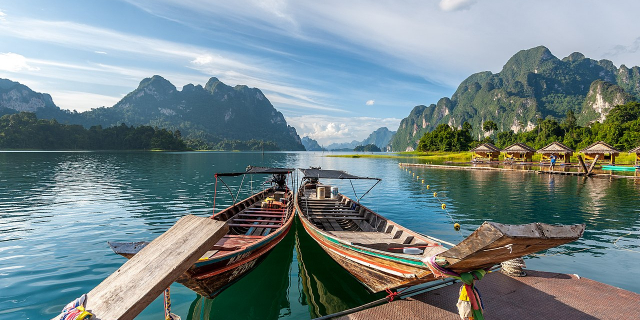



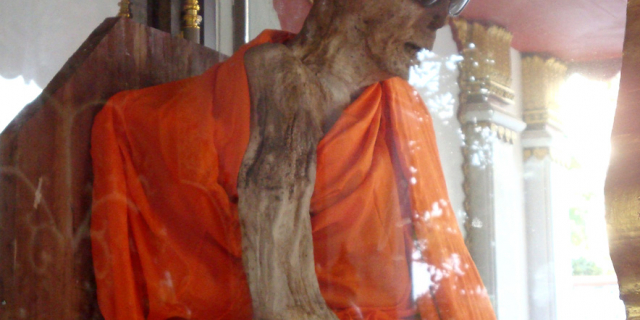







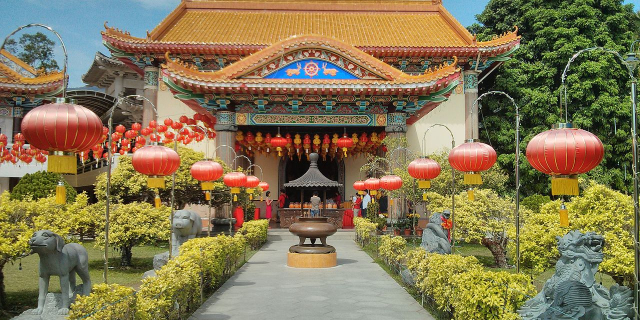

Add new comment